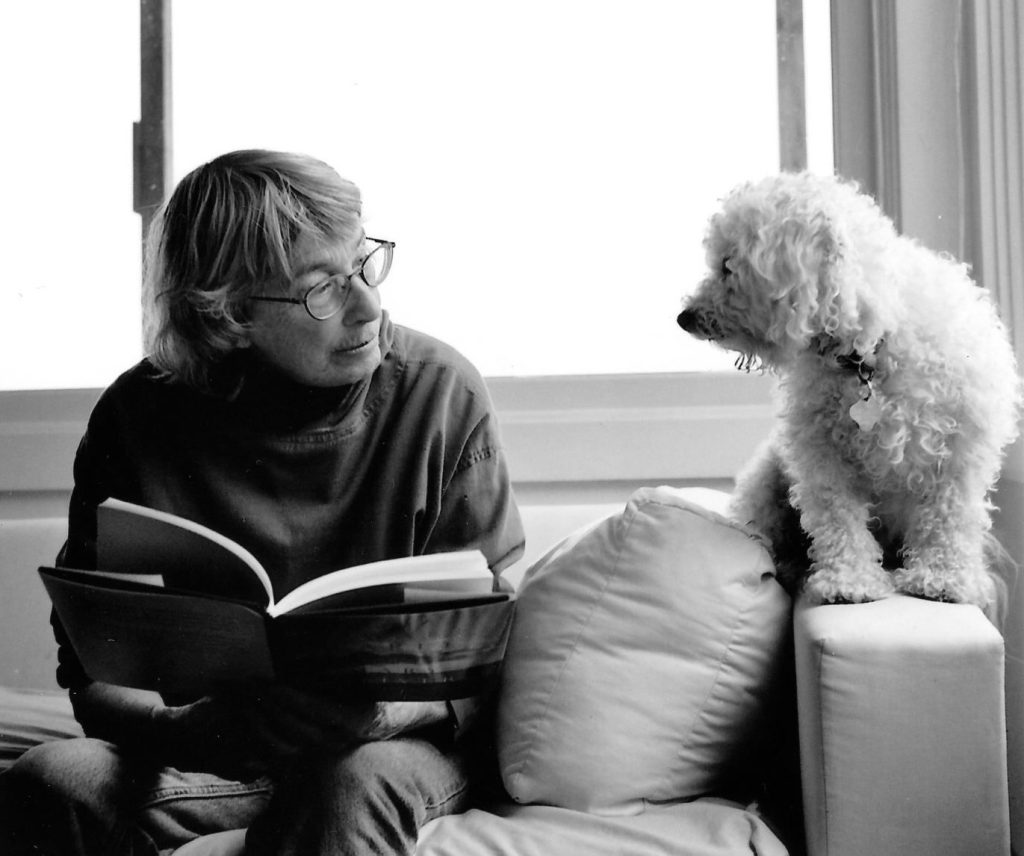
The Beano
The Beano is the longest-running British children’s comic magazine, published by
DC Thomson, whose publishing house is based in Dundee, Scotland. The comic
first appeared on 30 July 1938, has been published weekly since then and is
currently edited by John Anderson.
The original editor
was George Moonie, from 1938 to 1959, followed by Harold Cramond from 1959 to
1984. And from 1984 to 2006, Euan Kerr was the third editor.
Since the Dandy's cancellation, The Beano is now the last of the “traditional British juvenile humour comics[NN1] ”1.
There are five main characters : the first
one is Dennis the Menace. He appeared in 1209 issues. His most features are his
spiky black hair, his red and black striped jersey and his grey boots. He likes
to cause trouble wherever he goes. Gnasher is an Abyssinian Wire-Haired Tripe
Hound. He is never seen without Dennis (except when Dennis is at school). He
appeared in 888 issues and has a son and 5 daughters. They got their own TV
series on CBBC from 7 September 2009 and their own comic strip.
There is also Minnie
The Minx who appeared in 534 issues. She is a tomboy and she has
shoulder-lenght red hair tied in braids, a black beret, a top with red and
black stripes like Dennis, a black scruffy shirt, black socks and grey
trainers. The fourth one is Roger The Dodger, appeared in 688 issues. He always
tries to avoid doing chores with the help of his dodge books, but his dodges
usually go wrong. Roger wears a red and black chequered jumper with a white
tie. The last one is Biffo The Bear. He appeared in 607 issues and he is a bear
with a human-level intelligence.
The Beano has
recently reached its 80 year-old anniversary, but it still has a lot of success
and will strike 4000 issues in the summer of 2019. They sold almost 2 million
copies weekly in the 1950s which is the number of kids who use the Beano’s
website nowadays. That’s why they sold only 2 million copies in 2017.
Very few first issues of the Beano remain in
existence today, with one selling for more than £17,000 at auction in 2015.[NN2]
We can see the humour of the comic evolve throughout
these eight decades. In fact, at the beginning, The Beano used an anarchic humour, meant to glorify some immoral
behaviours, dishonesty and robbery. More recently, the humour of The Beano rather centres on gross bodily
functions, especially flatulence. That kind of humour was really taboo in
children’s comics before the 1990s.
The
Beano’s last set of ABC2 figures [NN3] recorded an almost 8
per cent rise in the last 5 years. In a falling market, these figures are
somewhere in the region of miraculous, yet simple testimony to publishers DC
Thomson’s knowledge of their market.3
During the Second World War, The Beano and The Dandy (also an iconic comic strip) were published on
alternative weeks instead of every week, because of paper and ink rationing. Therefore,
they experienced a crisis. In 1949 success and weekly presentations resumed.
Where can I get one?
You can subscribe
online at Beano.com. The website features characters, the all-new adventures,
games, quizzes and more. You can also buy a comic on the Fnac or Amazone
website.
*2 : Audit Bureau of Circulations
Agissandre Leclercq, Viktoria
Majda, and Hugo Michel
SOURCES
List the websites and (if applicable) any other sources (books,
magazines, tv series,…) you have consulted:
-
-
-
-
|





